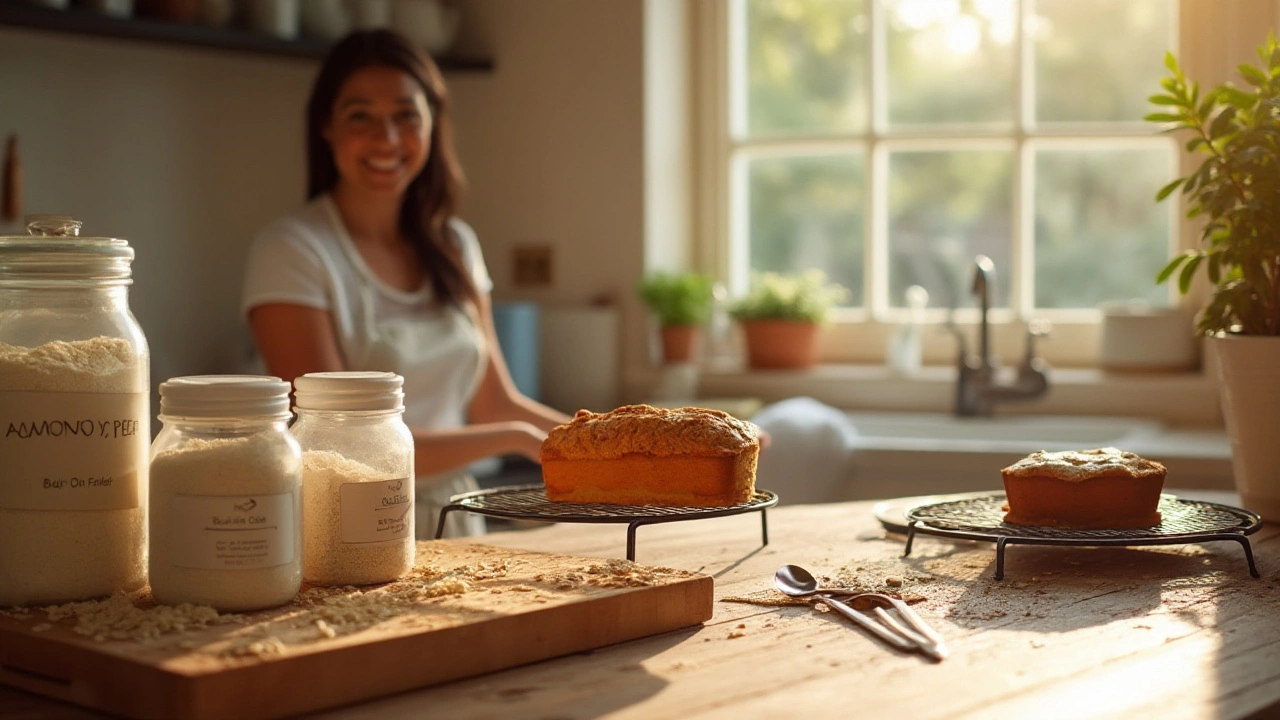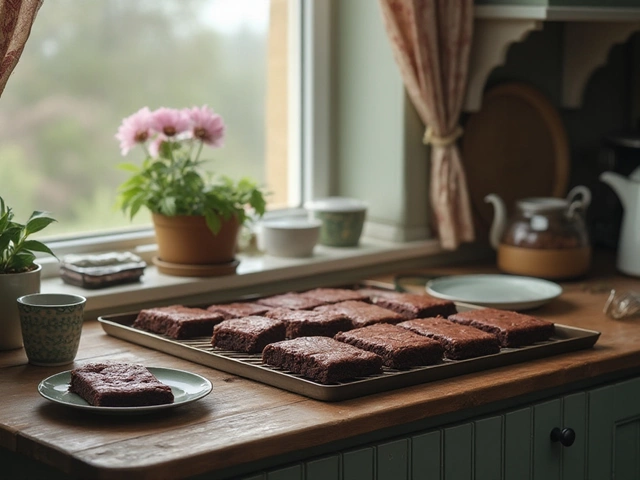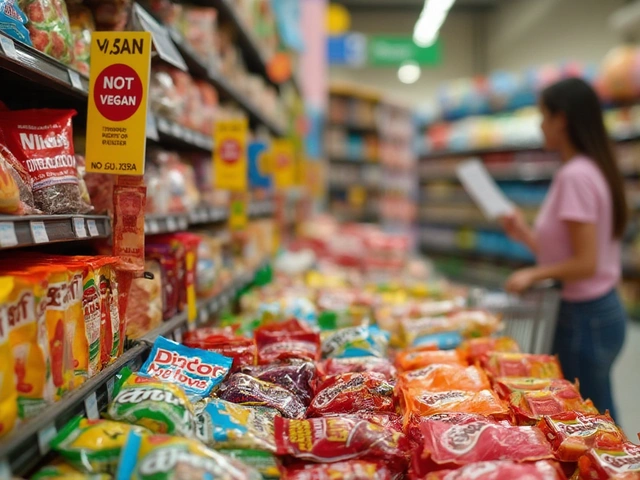Gluten Avoidance Made Simple – Easy Swaps for Delicious Cakes
If you’re trying to steer clear of gluten, you don’t have to give up cake. The trick is knowing which ingredients to swap and how to keep texture and flavor intact. Below you’ll find practical tips, go‑to flour blends, and quick dessert ideas you can start using today.
Key Gluten‑Free Flour Blends
Store‑bought blends are a lifesaver. Look for mixes that combine rice flour, tapioca starch, and potato starch – this trio mimics wheat’s structure and gives a light crumb. If you prefer a DIY blend, mix 2 parts white rice flour, 1 part potato starch, and 1 part tapioca starch. Add a tablespoon of xanthan gum per cup of flour to bind everything together.
Don’t forget about nut flours. Almond or hazelnut flour adds richness and a subtle nutty flavor. They work best in dense cakes or brownies, but you’ll need to pair them with a lighter starch to avoid a gritty texture. A common ratio is 50% nut flour, 50% starch blend.
Quick Gluten‑Free Dessert Ideas
Start with a simple brownie mix. Replace the all‑purpose flour with your favorite gluten‑free blend and add a dash of espresso powder for depth. The result is a fudgy treat that anyone can enjoy.
For a breezy cake, try a vanilla sponge made with oat flour (make sure it’s certified gluten‑free). Oat flour gives a soft bite and pairs well with fresh berries. Mix 1 cup oat flour, 1 cup gluten‑free starch blend, ½ cup sugar, 2 eggs, ¼ cup melted butter, and 1 tsp vanilla. Bake at 350°F for 25‑30 minutes.
If you’re in a rush, whip up a mug‑size mug cake. Combine 4 tbsp gluten‑free flour blend, 2 tbsp cocoa powder, 2 tbsp sugar, ¼ tsp baking powder, a pinch of salt, 3 tbsp milk, and 2 tbsp oil. Microwave for 90 seconds and you’ve got a single‑serve dessert with zero gluten.
Storing your gluten‑free goodies matters. Keep them in airtight containers to lock in moisture. For brownies, a simple parchment‑lined tin works well; the paper prevents them from sticking to the container sides.
Cross‑contamination is the silent culprit. Use dedicated measuring spoons, bowls, and utensils for gluten‑free work. If you share a kitchen with wheat‑based bakers, wipe down surfaces before you start and consider a separate silicone baking mat.
Finally, taste testing is your best friend. Gluten‑free flours can behave differently, so don’t be afraid to tweak liquid amounts or add an extra egg for structure. The more you experiment, the more confident you’ll become at creating safe, tasty treats.
Gluten avoidance doesn’t have to be a roadblock. With the right flour blends, a few smart swaps, and a little practice, you can bake cakes, brownies, and cookies that satisfy both cravings and dietary needs. Happy baking!






